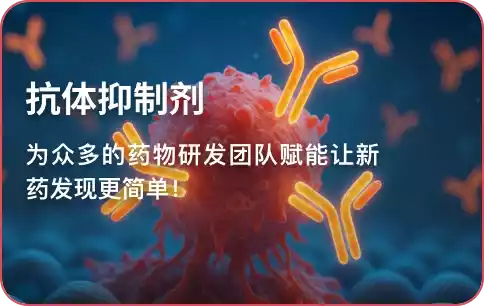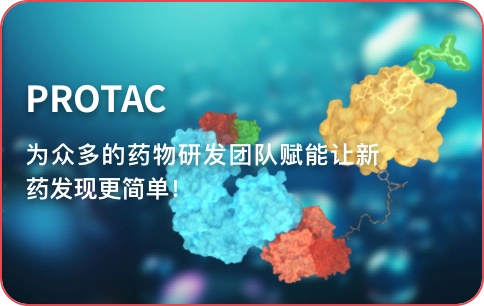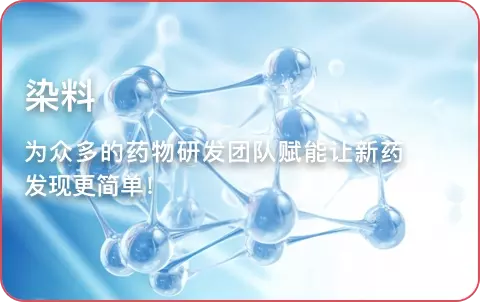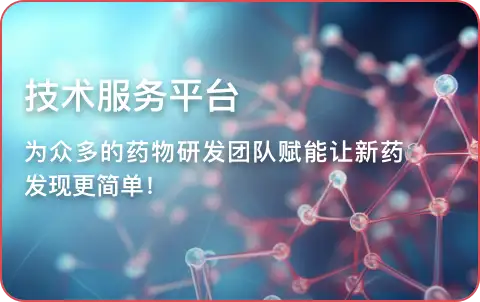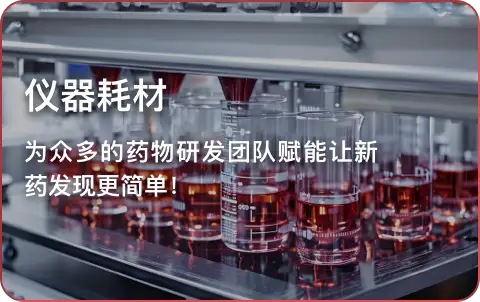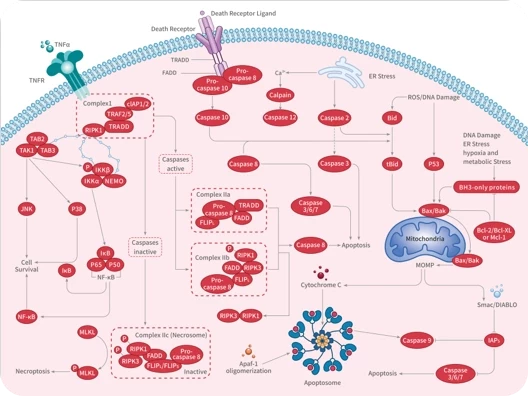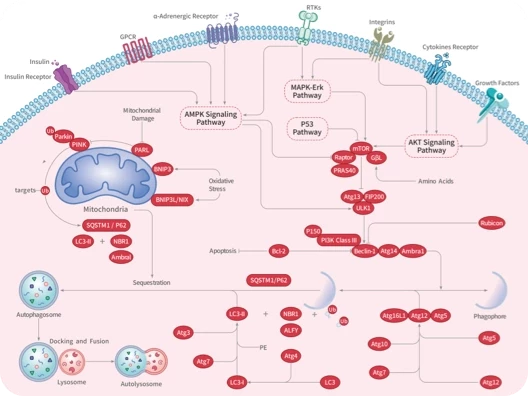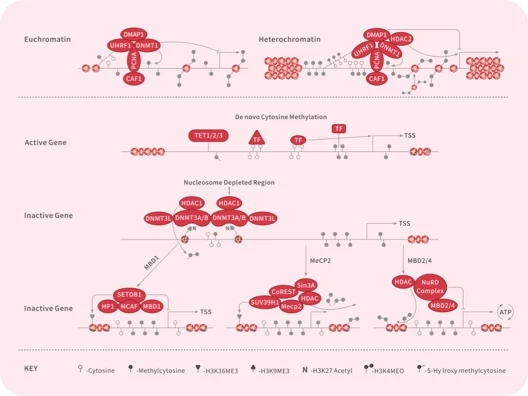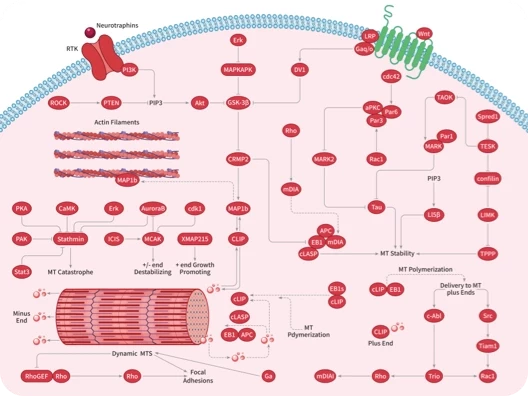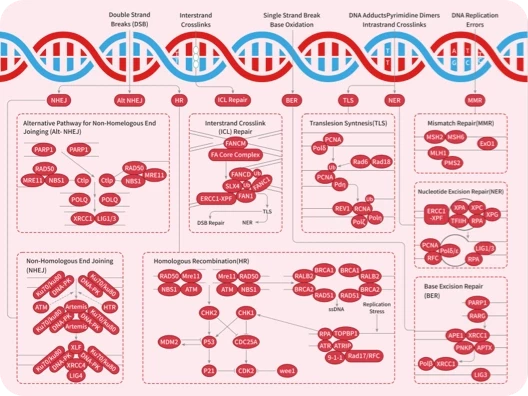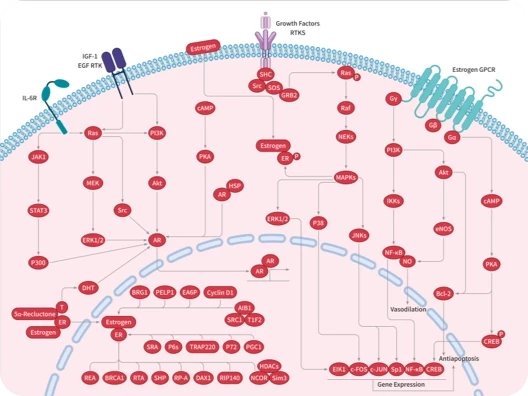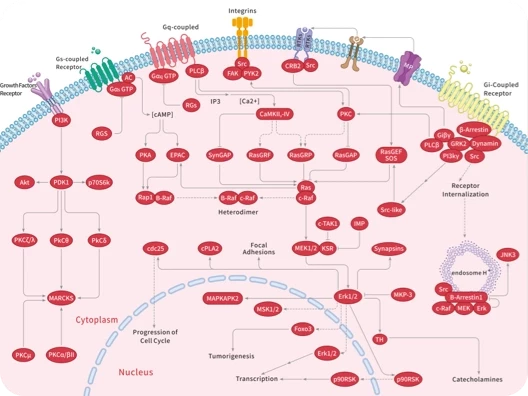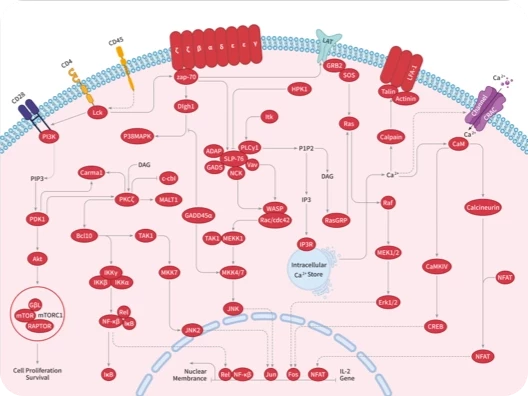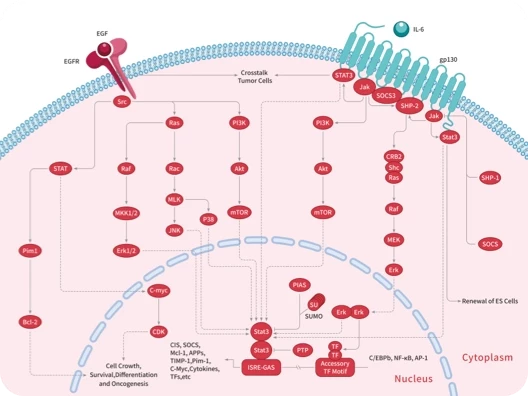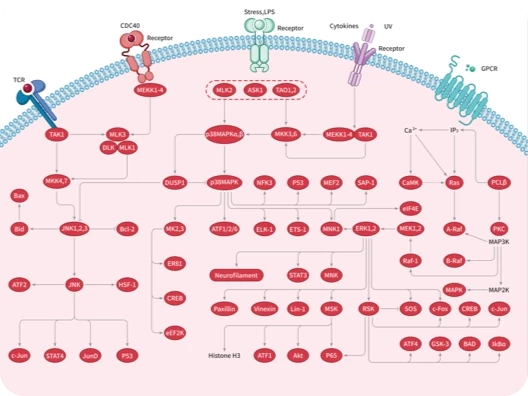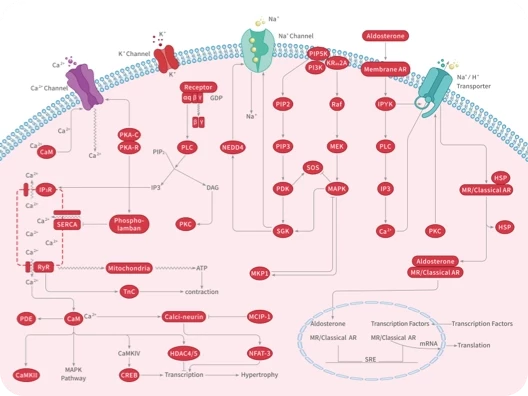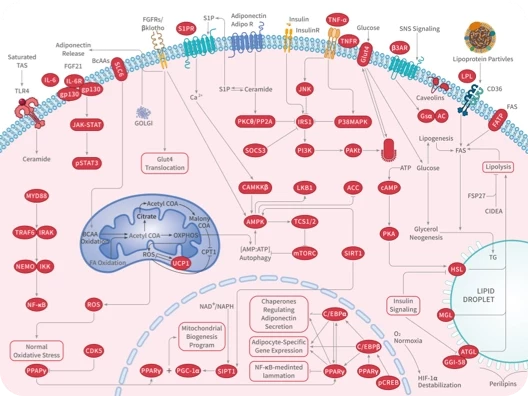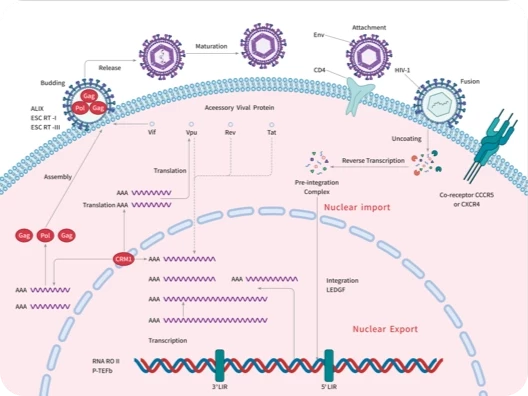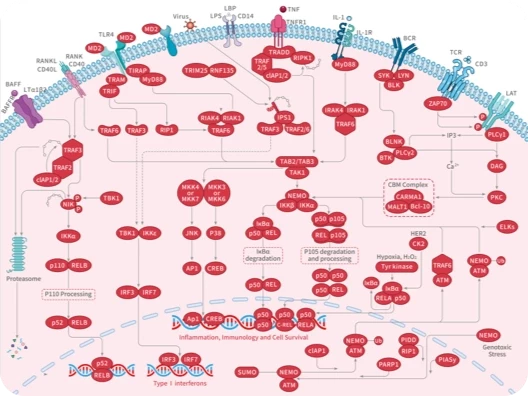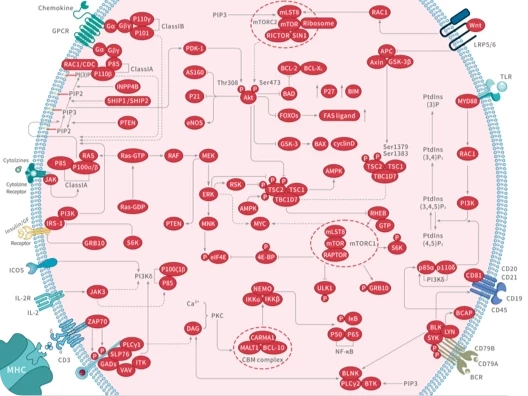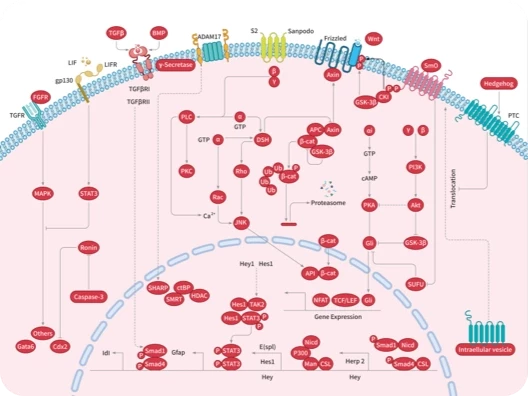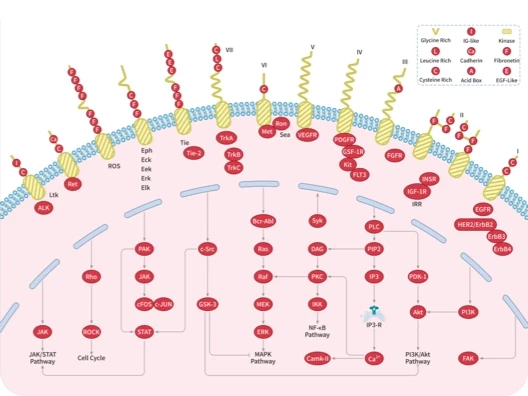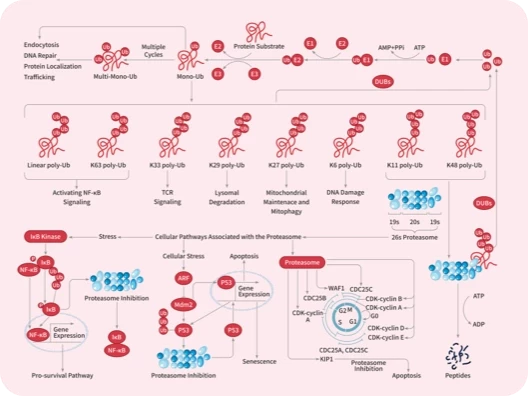- 全部删除
 您的购物车当前为空
您的购物车当前为空
L-FABP Protein, Human, Recombinant (His)
Fatty acid-binding protein, liver, also known as Fatty acid-binding protein 1, Liver-type fatty acid-binding protein, FABP1 and FABPL,is a cytoplasm protein which belongs to thecalycin superfamily and Fatty-acid binding protein (FABP) family. Fatty acid binding proteins are a family of small, highly conserved, cytoplasmic proteins that bind long-chain fatty acids and other hydrophobic ligands. FABP1 and FABP6 (the ileal fatty acid binding protein) are also able to bind bile acids. It is thought that FABPs roles include fatty acid uptake, transport, and metabolism. FABP1 / FABPL binds free fatty acids and their coenzyme A derivatives, bilirubin, and some other small molecules in the cytoplasm. It forms a beta-barrel structure that accommodates hydrophobic ligands in its interior. FABP1 / FABPL may be involved in intracellular lipid transport.
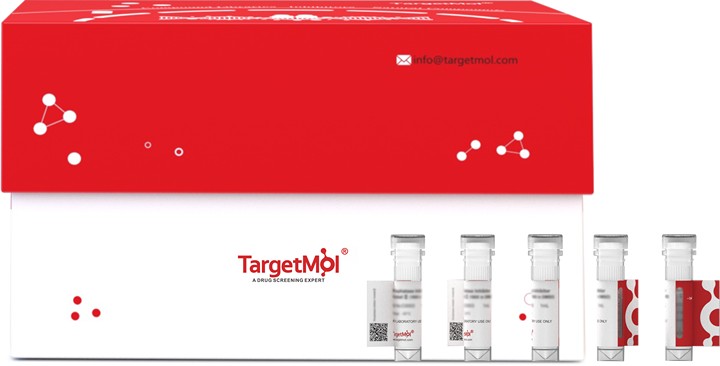
L-FABP Protein, Human, Recombinant (His)
| 规格 | 价格 | 库存 | 数量 |
|---|---|---|---|
| 100 μg | ¥ 2,270 | In stock |
产品信息
| 生物活性 | Activity testing is in progress. It is theoretically active, but we cannot guarantee it. If you require protein activity, we recommend choosing the eukaryotic expression version first. |
| 产品描述 | Fatty acid-binding protein, liver, also known as Fatty acid-binding protein 1, Liver-type fatty acid-binding protein, FABP1 and FABPL,is a cytoplasm protein which belongs to thecalycin superfamily and Fatty-acid binding protein (FABP) family. Fatty acid binding proteins are a family of small, highly conserved, cytoplasmic proteins that bind long-chain fatty acids and other hydrophobic ligands. FABP1 and FABP6 (the ileal fatty acid binding protein) are also able to bind bile acids. It is thought that FABPs roles include fatty acid uptake, transport, and metabolism. FABP1 / FABPL binds free fatty acids and their coenzyme A derivatives, bilirubin, and some other small molecules in the cytoplasm. It forms a beta-barrel structure that accommodates hydrophobic ligands in its interior. FABP1 / FABPL may be involved in intracellular lipid transport. |
| 种属 | Human |
| 表达系统 | E. coli |
| 标签 | N-His |
| 蛋白编号 | P07148 |
| 别名 | L-FABP,fatty acid binding protein 1, liver,FABPL |
| 蛋白构建 | A DNA sequence encoding the human FABP1 (NP_001434.1) (Ser 2-Ile 127) was expressed, with a polyhistide tag at the N-terminus. Predicted N terminal: Met |
| 蛋白纯度 | > 97 % as determined by SDS-PAGE |
| 分子量 | 15.6 kDa (predicted); 15 kDa (reducing conditions) |
| 内毒素 | Please contact us for more information. |
| 缓冲液 | Lyophilized from a solution filtered through a 0.22 μm filter, containing PBS, pH 8.3. Typically, a mixture containing 5% to 8% trehalose, mannitol, and 0.01% Tween 80 is incorporated as a protective agent before lyophilization. |
| 复溶方法 | A Certificate of Analysis (CoA) containing reconstitution instructions is included with the products. Please refer to the CoA for detailed information. |
| 存储 | It is recommended to store recombinant proteins at -20°C to -80°C for future use. Lyophilized powders can be stably stored for over 12 months, while liquid products can be stored for 6-12 months at -80°C. For reconstituted protein solutions, the solution can be stored at -20°C to -80°C for at least 3 months. Please avoid multiple freeze-thaw cycles and store products in aliquots. |
| 运输方式 | In general, Lyophilized powders are shipping with blue ice. |
| 研究背景 | Fatty acid-binding protein, liver, also known as Fatty acid-binding protein 1, Liver-type fatty acid-binding protein, FABP1 and FABPL,is a cytoplasm protein which belongs to thecalycin superfamily and Fatty-acid binding protein (FABP) family. Fatty acid binding proteins are a family of small, highly conserved, cytoplasmic proteins that bind long-chain fatty acids and other hydrophobic ligands. FABP1 and FABP6 (the ileal fatty acid binding protein) are also able to bind bile acids. It is thought that FABPs roles include fatty acid uptake, transport, and metabolism. FABP1 / FABPL binds free fatty acids and their coenzyme A derivatives, bilirubin, and some other small molecules in the cytoplasm. It forms a beta-barrel structure that accommodates hydrophobic ligands in its interior. FABP1 / FABPL may be involved in intracellular lipid transport. |







